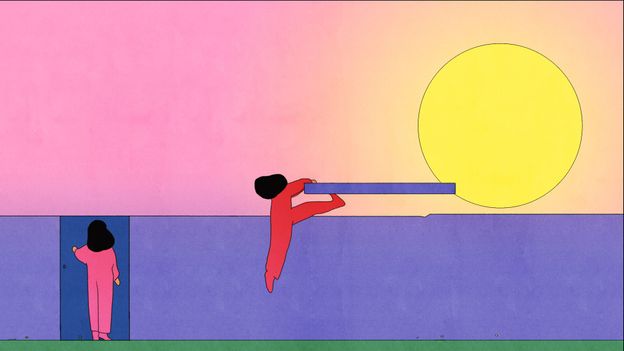The sci-fi genre offering radical hope


This is often interpreted as a metaphor for the emotion’s potential to comfort us against the misery and duress that are inherent in the human condition. It sees hope as the sustaining force that Emily Dickinson would describe, thousands of years later, as the “thing with feathers – /that perches in the soul –”.
It is possible to take a more pessimistic reading of the Pandora myth, however. Doesn’t hope’s presence in the jar, for example, suggest that it is some form of evil in itself? Perhaps Hesiod was hinting at the possibility that the supposedly soothing emotion can itself do harm.
The 19th-Century philosopher Friedrich Nietzsche was of this opinion. In Human, All Too Human (1878), he suggests that Pandora kept hope aside so that humanity would persist in living, despite the suffering that life inevitably entails. “Now man has the lucky jar in his house forever and thinks the world of the treasure. It is at his service; he reaches for it when he fancies it,” he wrote. “Zeus did not want man to throw his life away, no matter how much the other evils might torment him, but rather to go on letting himself be tormented anew. To that end, he gives man hope. In truth, it is the most evil of evils because it prolongs man’s torment.”
Nietzsche’s interpretation of the Pandora myth recalls Arthur Schopenhauer’s descriptions of hope as “a folly of the heart”. For him, hope is a delusion. In his essay Psychological Remarks (1851), he notes that the emotion “deranges the intellect’s appreciation of probability” so that we neglect the likely outcomes of events, even when the odds are stacked against us. “A hopeless misfortune is like a quick death blow, whilst a hope that is always frustrated and constantly revived resembles a kind of slow death by prolonged torture.”
The hopepunk rebellion
When explaining the origins of the term hopepunk, Rowland fully recognises the need to acknowledge human frailty and suffering – as seen in series like Game of Thrones. But she felt that it should be balanced with a recognition of our capacity to do good, and the possibility of positive change.
“Hopepunk says that kindness and softness doesn’t equal weakness, and that in this world of brutal cynicism and nihilism, being kind is a political act. An act of rebellion,” Rowland wrote in a follow-up to her original viral post. “It’s about DEMANDING a better, kinder world.” If hope sings a “tune without words” – as Dickinson described – then Rowland hears that song as a battle cry. This is the “punk” side of the moniker.
The essence of the hopepunk philosophy can be found in an exchange between Frodo and Samwise Gamgee in The Two Towers from Peter Jackson’s Lord of the Rings films, as they struggle against the forces of evil around them.
“It’s like in the great stories, Mr Frodo,” Sam says. “Full of darkness and danger they were. And sometimes you didn’t want to know the end. Because how could the end be happy? How could the world go back to the way it was when so much bad had happened? But in the end, it’s only a passing thing, this shadow. Even darkness must pass. A new day will come. And when the Sun shines it will shine out the clearer.”
“What are we holding on to, Sam?” Frodo then asks.
“That there’s some good in this world, Mr Frodo… and it’s worth fighting for,” his friend replies.
Other novels linked to the genre include Terry Pratchett and Neil Gaiman’s Good Omens, which tells the story of an angel and a demon joining forces to save the world from an apocalypse; and The Martian by Andy Weir, about an abandoned space explorer who uses his knowledge of botany to survive on the desolate surface of the fourth rock from the Sun.








